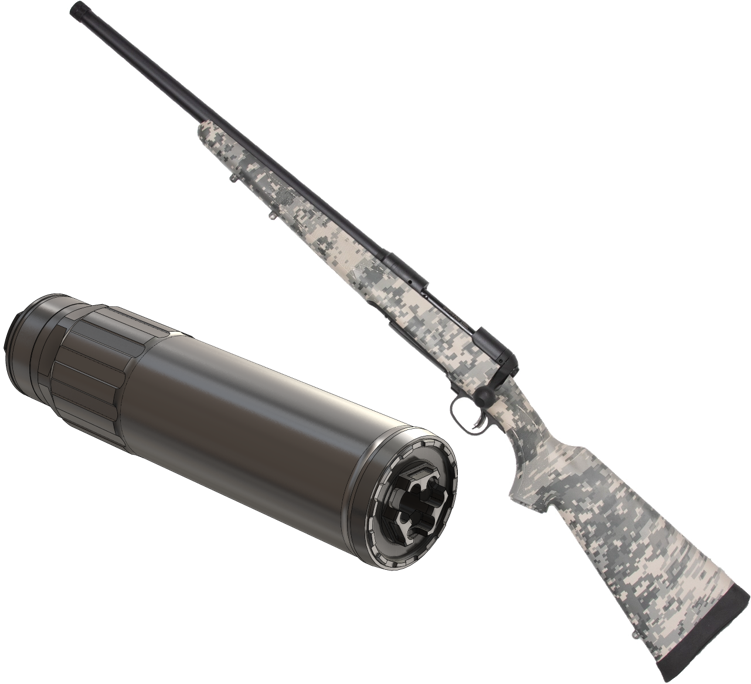I recently put together a 6mm ARC and am enjoying shooting it in different roles. I have harvested several deer with it this year, shot it out to 1000 yards on a 2 MOA steel target very successfully and, just to see what would happen, shot it at 1300 yards with a 27% hit rate on 1.5 MOA steel.
I shoot everything I can suppressed out of 'consideration' for my neighbors who hate the sound of gunfire--even in rural GA!
I am primarily a bolt gun guy, and, as such, attached my Ultra 9 to the 6 ARC. I built the rifle with and SA adjustable gas block and there is no issue with function and the noise suppression is great. I still wear hearing protection but, no complaints.
The issue I want to address is the extreme carbon buildup on the bolt, carrier, charging handle, upper, lower and fire control group within about 10 shots. I always get carbon on my hands and ears too as I remove the foam plugs often coming in looking like I was workin' in a coal mine.
This may all be academic at this point because this problem my not be worth a $1000 and an 18 month wait type of solution. I am not looking for the optimum in sound suppression and would be willing sacrifice some suppression of sound for a solution that ran clean. Perhaps this wold help with rifles that are more difficult to suppress like the LMT MWS308 too?
I have done some research but believe that the real world experience many of you have would be invaluable.
Thank you in advance for your thoughts,
Henryrifle
I shoot everything I can suppressed out of 'consideration' for my neighbors who hate the sound of gunfire--even in rural GA!
I am primarily a bolt gun guy, and, as such, attached my Ultra 9 to the 6 ARC. I built the rifle with and SA adjustable gas block and there is no issue with function and the noise suppression is great. I still wear hearing protection but, no complaints.
The issue I want to address is the extreme carbon buildup on the bolt, carrier, charging handle, upper, lower and fire control group within about 10 shots. I always get carbon on my hands and ears too as I remove the foam plugs often coming in looking like I was workin' in a coal mine.
This may all be academic at this point because this problem my not be worth a $1000 and an 18 month wait type of solution. I am not looking for the optimum in sound suppression and would be willing sacrifice some suppression of sound for a solution that ran clean. Perhaps this wold help with rifles that are more difficult to suppress like the LMT MWS308 too?
I have done some research but believe that the real world experience many of you have would be invaluable.
Thank you in advance for your thoughts,
Henryrifle



